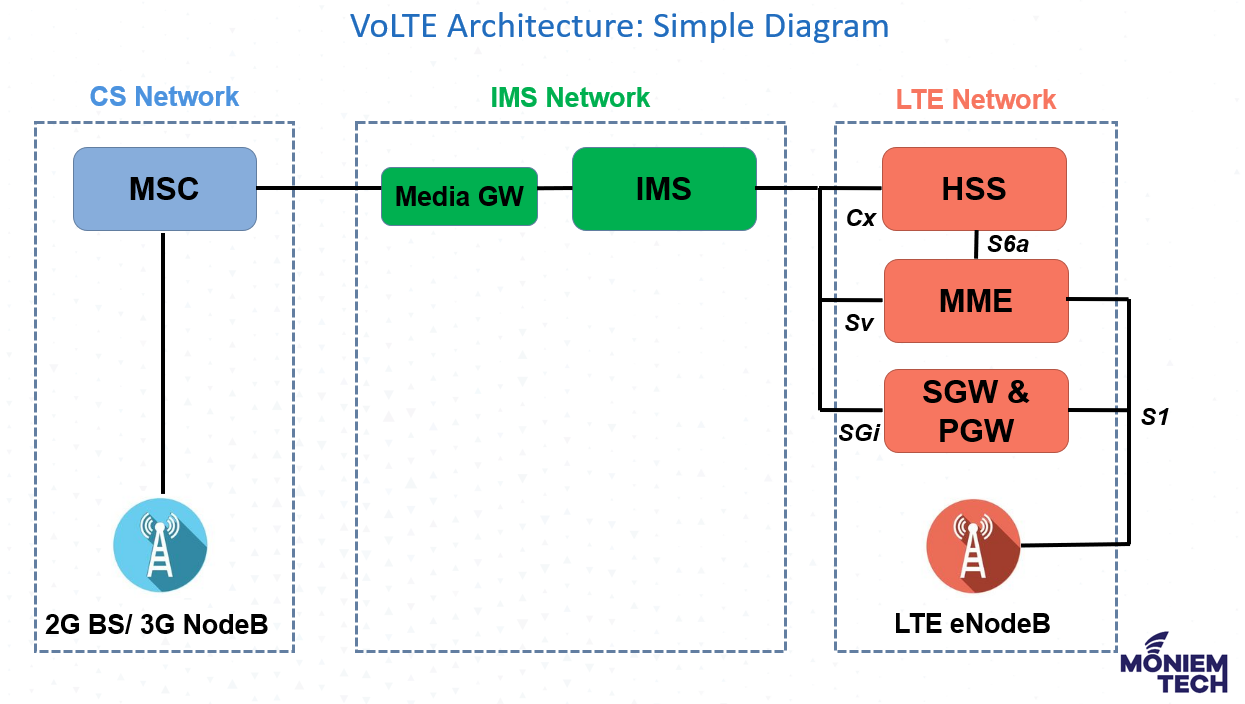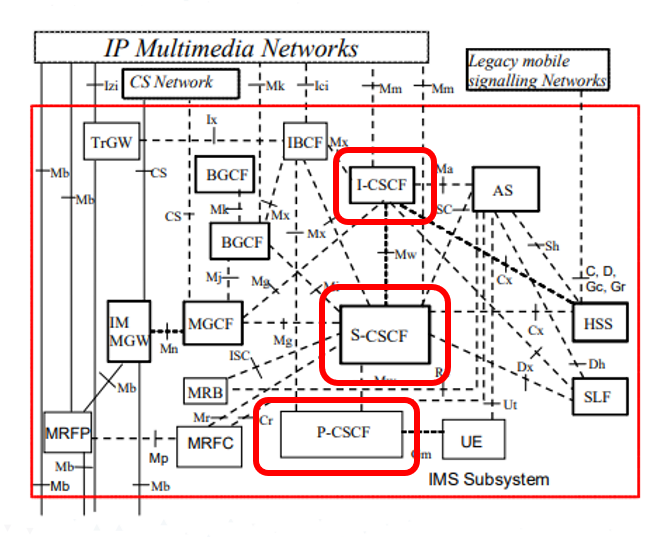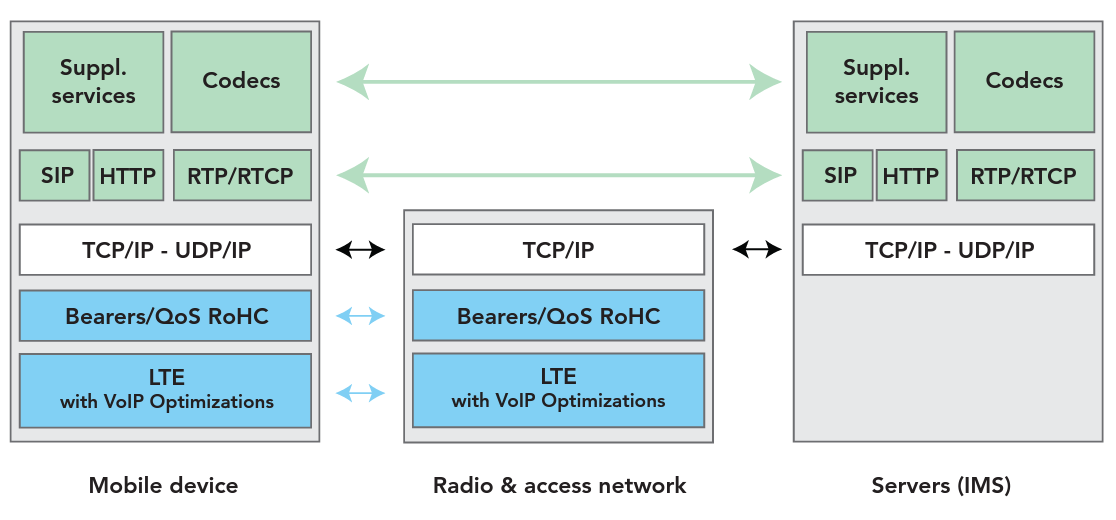Voice over LTE, or VoLTE is a GSMA profile of the standards defined for the delivery of services currently provided via Circuit Switch networks – mainly voice and SMS – over the Packet Switched only network of LTE, leveraging the core network IP Multimedia Subsystem (IMS).
When mobile networks deploy LTE radio access technology, conformity to the VoLTE profile provides operators with the assurance of interworking between their LTE network and the devices that connect to it, as well as providing for the expected user experience of voice Multi-Media Telephony service and SMS. In combination with Policy Control, IMS provides for the required QoS appropriate for voice service using LTE radio access technology, thereby providing the user experience of voice calls that subscribers expect.
Moreover, VoLTE is designed to fully integrate with the existing user experience that is currently implemented with circuit-switched voice devices, and therefore whether the call is a circuit-switched call or a VoLTE call is transparent to the end user (including when moving in and out of LTE coverage) and is dependent only on which radio access technology to which the user is attached.
The Equation is LTE + IMS = VoLTE

What is IMS?
The IMS specified since 3GPP release 5 as a standard, is access-independent, relying on an IP-based architecture that inter-connects with existing voice and data networks. The IMS architecture is designed to enable the establishment of peer-to-peer IP connections between a wide variety of IMS-enabled devices and clients, allowing QoS cooperation with the access network to provide the required bearer quality.
IMS is designed in a much more general way and supports multiple different access technologies (e.g.Wifi, WebRTC, ..)
IMS Architecture
It’s so complicated as per the below figure, However, in this article, I will focus only on the main brain of IMS which is called CSCF (Call Session Control Function)

CSCF (Call Session Control Function)
The core functionality of the IMS is the CSCF which stands for Call Session Control Function, divided into several virtual functions: Proxy, Interrogating, and Serving.
- Establishes monitors support and releases multimedia sessions.
- Manages the user’s service interactions.
- The CSCF node facilitates SIP session setup and teardown.
- CSCF consists of three different entities:
- Proxy (P-CSCF) is the first point of contact with the IMS network, From a UE perspective, the P-CSCF is the only visible node as the P-CSCF will receive and forward the packets to the appropriate CSCF nodes. Its address is discovered by the UE following the PDP activation. The P-CSCF performs the QoS management and Authorisation of resources, performs SIP compression, and maintains an IPsec tunnel between each UE and itself.
- Interrogating-CSCF (I-CSCF): is the point of contact for all IMS connections destined to a subscriber of the network operator; it is directly connected to the Home Subscriber Service (HSS).
- Serving-CSCF (S-CSCF): is connected to the media servers/ gateways and applications servers, it handles the session states within the network.
IMS protocols
From a UE perspective, IMS defines a set of protocols to be used: Session Initiation Protocol (SIP), SigComp, Real-time Transport Protocol (RTP), RTP Control Protocol (RTCP), and IP Security. Other protocol such as Diameter is involved in the IMS core but is transparent to the User Equipment.

